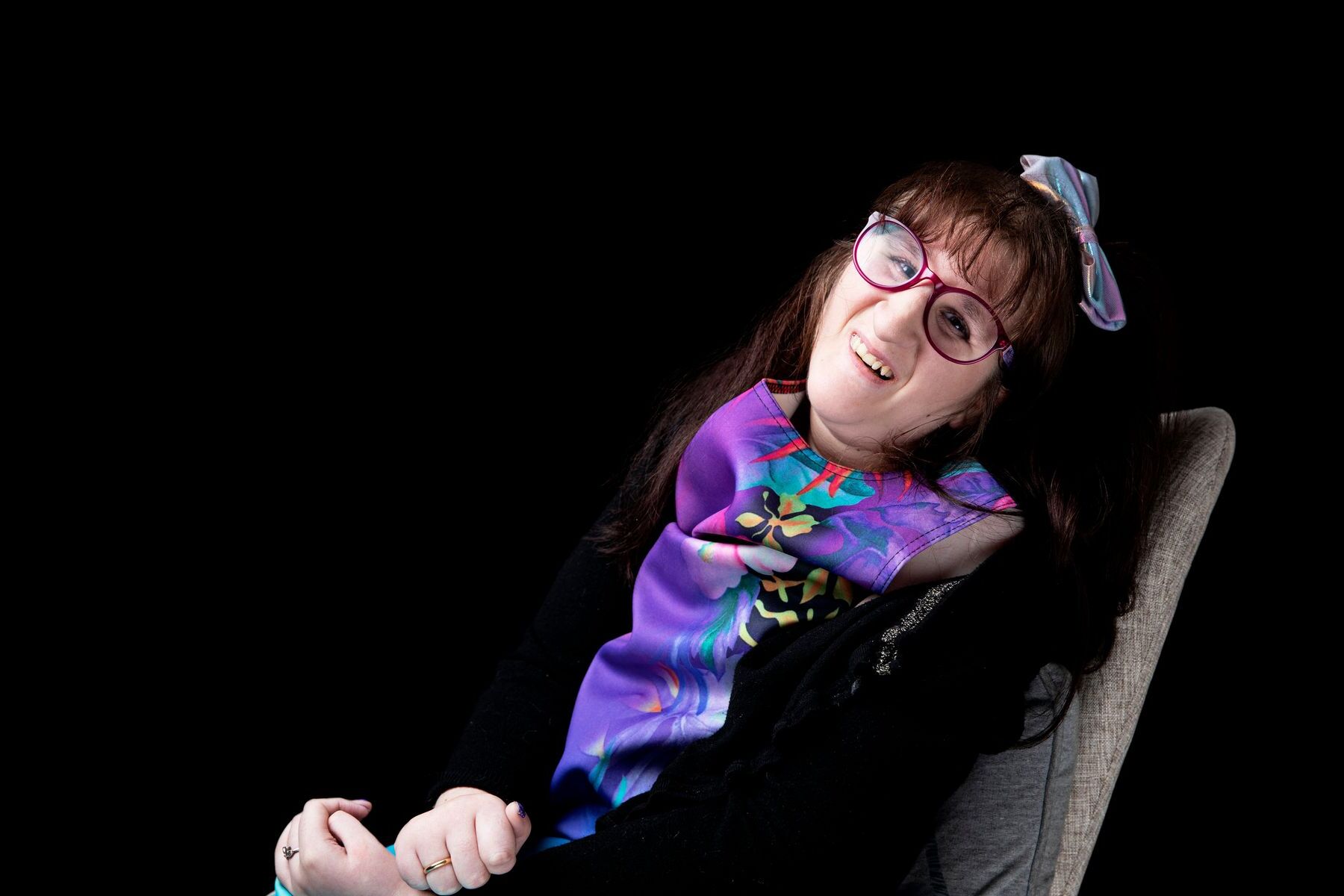
Cockayne Syndrome is a rare genetic disorder that affects multiple systems in the body, leading to growth delays, premature aging, and neurological issues. What causes Cockayne Syndrome? This condition is primarily caused by mutations in the ERCC6 and ERCC8 genes, which are responsible for DNA repair. When these genes don't function properly, cells can't fix damaged DNA, leading to the symptoms associated with the syndrome. How common is Cockayne Syndrome? It's extremely rare, affecting approximately 2-3 per million newborns. What are the symptoms? Symptoms can vary but often include sensitivity to sunlight, developmental delays, and hearing loss. Understanding these facts can help in recognizing and managing the condition better.
What is Cockayne Syndrome?
Cockayne Syndrome (CS) is a rare genetic disorder characterized by growth failure, premature aging, and sensitivity to sunlight. It affects multiple systems in the body and can lead to severe health issues. Let's dive into some fascinating facts about this condition.
-
Cockayne Syndrome is named after British physician Edward Alfred Cockayne, who first described the disorder in 1936.
-
There are three types of Cockayne Syndrome: Type I (classic), Type II (severe), and Type III (mild). Each type varies in severity and age of onset.
-
CS is caused by mutations in the ERCC6 and ERCC8 genes, which are essential for DNA repair. These mutations hinder the body's ability to fix damaged DNA.
-
The disorder is inherited in an autosomal recessive manner, meaning both parents must carry a copy of the mutated gene for their child to be affected.
-
Symptoms of Cockayne Syndrome often appear in early childhood, typically between ages 1 and 2.
Symptoms and Diagnosis
Understanding the symptoms and how Cockayne Syndrome is diagnosed can help in early detection and management.
-
Children with CS often have a characteristic facial appearance, including a small head, deep-set eyes, and a thin nose.
-
Growth failure is a hallmark of Cockayne Syndrome, with affected children often being significantly shorter and lighter than their peers.
-
Photosensitivity is common in individuals with CS, causing severe sunburns and skin damage even with minimal sun exposure.
-
Hearing loss is frequently observed, often worsening over time and leading to complete deafness in some cases.
-
Vision problems, such as cataracts and retinal degeneration, are also prevalent in those with CS.
-
Developmental delays and intellectual disabilities are common, with many children experiencing difficulties in speech and motor skills.
-
A diagnosis of Cockayne Syndrome is typically confirmed through genetic testing, which identifies mutations in the ERCC6 or ERCC8 genes.
Treatment and Management
While there is no cure for Cockayne Syndrome, various treatments can help manage symptoms and improve quality of life.
-
Regular monitoring by a team of specialists is crucial for managing the diverse symptoms of CS.
-
Physical therapy can help maintain mobility and muscle strength, improving overall function and quality of life.
-
Occupational therapy is beneficial for developing daily living skills, aiding in greater independence.
-
Speech therapy can assist with communication difficulties, enhancing the ability to express needs and interact with others.
-
Protective measures against sun exposure, such as wearing sunscreen and protective clothing, are essential for those with photosensitivity.
-
Hearing aids and cochlear implants can improve hearing and communication for individuals with hearing loss.
-
Regular eye exams and appropriate interventions, like cataract surgery, can help manage vision problems.
Research and Future Directions
Ongoing research aims to better understand Cockayne Syndrome and develop more effective treatments.
-
Animal models, such as mice with CS-like symptoms, are used to study the disorder and test potential therapies.
-
Gene therapy is being explored as a potential treatment, aiming to correct the underlying genetic mutations causing CS.
-
Research into DNA repair mechanisms may lead to new insights and therapeutic approaches for CS and related disorders.
-
Clinical trials are ongoing, testing various drugs and interventions to improve symptoms and slow disease progression.
-
Patient registries and natural history studies help researchers gather valuable data on the progression and variability of CS.
Living with Cockayne Syndrome
Living with Cockayne Syndrome presents unique challenges, but support and resources are available.
-
Support groups and online communities provide valuable connections and information for families affected by CS.
-
Educational accommodations and individualized learning plans can help children with CS succeed in school.
-
Respite care services offer temporary relief for caregivers, allowing them to rest and recharge.
-
Advocacy organizations work to raise awareness and funding for research and support services for CS.
-
Palliative care can improve quality of life, focusing on comfort and symptom management for those with severe symptoms.
-
Early intervention and proactive management can significantly impact the health and well-being of individuals with Cockayne Syndrome.
Final Thoughts on Cockayne Syndrome
Cockayne Syndrome is a rare genetic disorder that affects many parts of the body. It leads to growth delays, premature aging, and sensitivity to sunlight. People with this condition often face challenges like hearing loss, vision problems, and developmental delays. Despite these hurdles, many families find ways to support their loved ones and improve their quality of life.
Research is ongoing, and scientists are working hard to find better treatments. Awareness and understanding can make a big difference for those affected. By learning more about Cockayne Syndrome, we can help create a more supportive environment for everyone involved.
Remember, every bit of knowledge helps. Whether you're a caregiver, a friend, or just someone interested in rare diseases, your awareness can contribute to a brighter future for those living with Cockayne Syndrome.
Was this page helpful?
Our commitment to delivering trustworthy and engaging content is at the heart of what we do. Each fact on our site is contributed by real users like you, bringing a wealth of diverse insights and information. To ensure the highest standards of accuracy and reliability, our dedicated editors meticulously review each submission. This process guarantees that the facts we share are not only fascinating but also credible. Trust in our commitment to quality and authenticity as you explore and learn with us.


